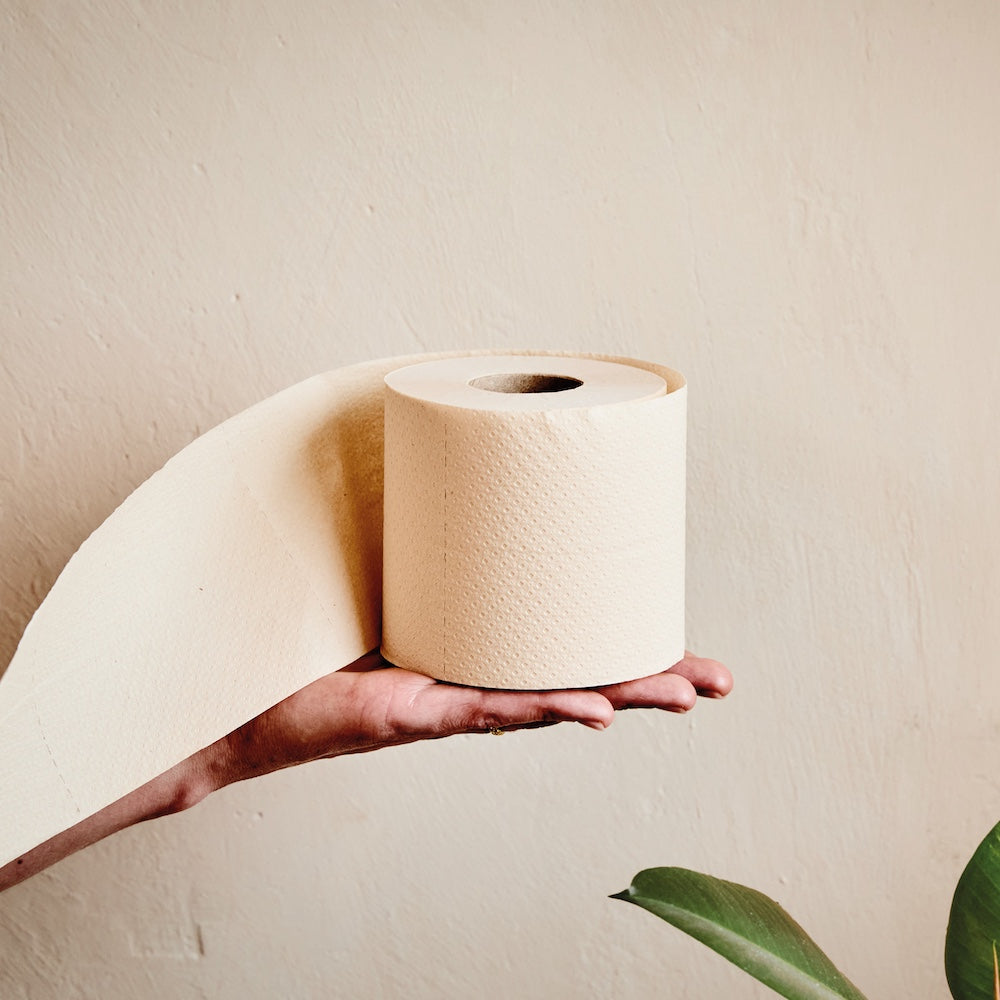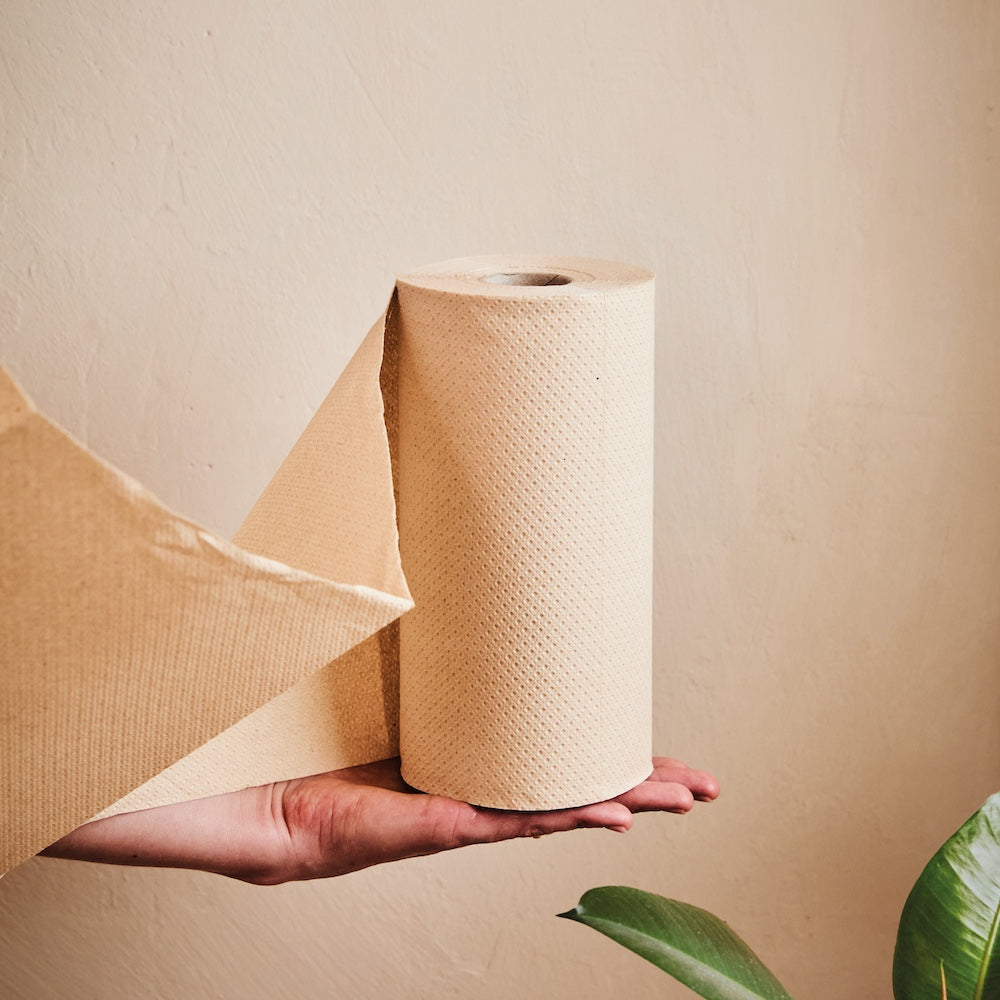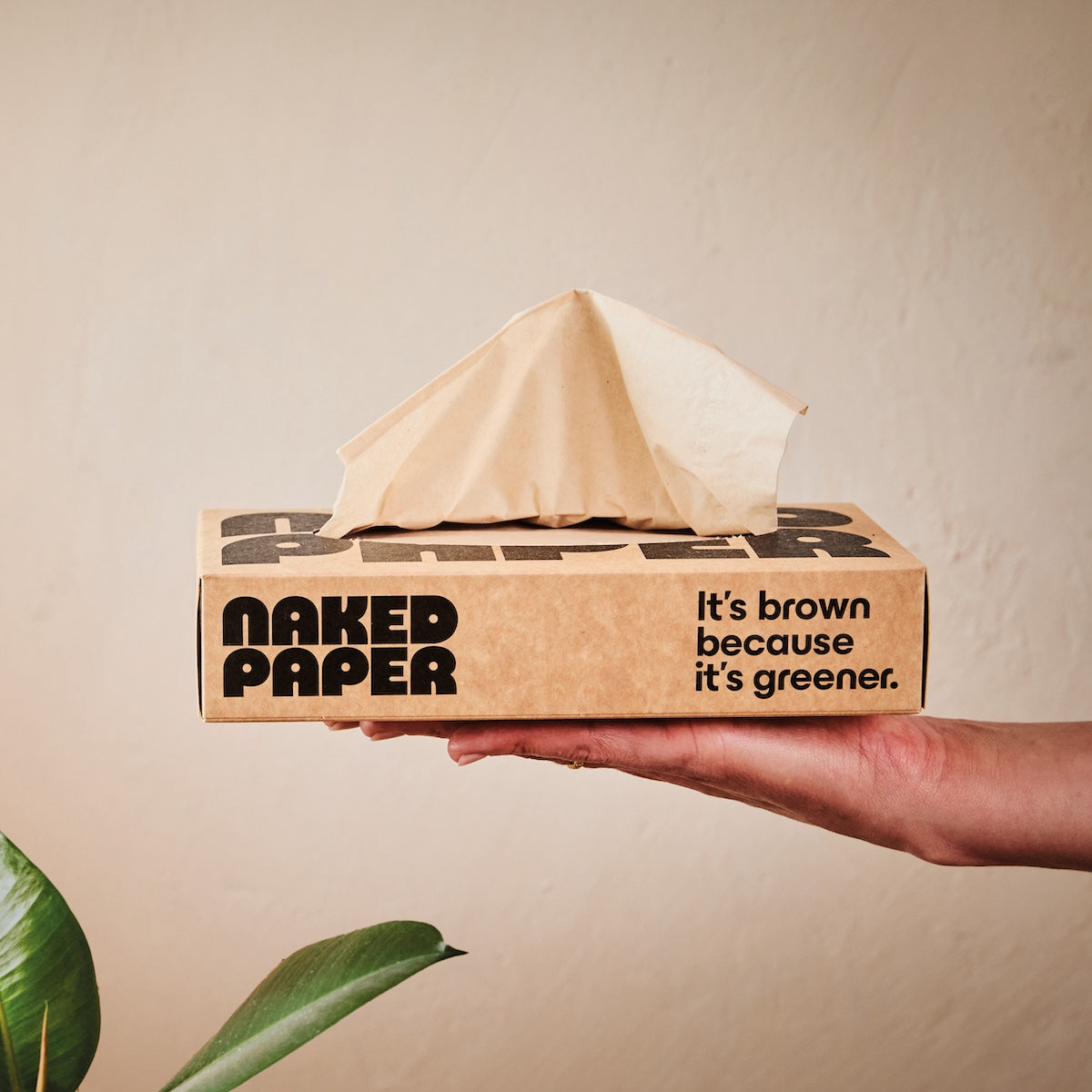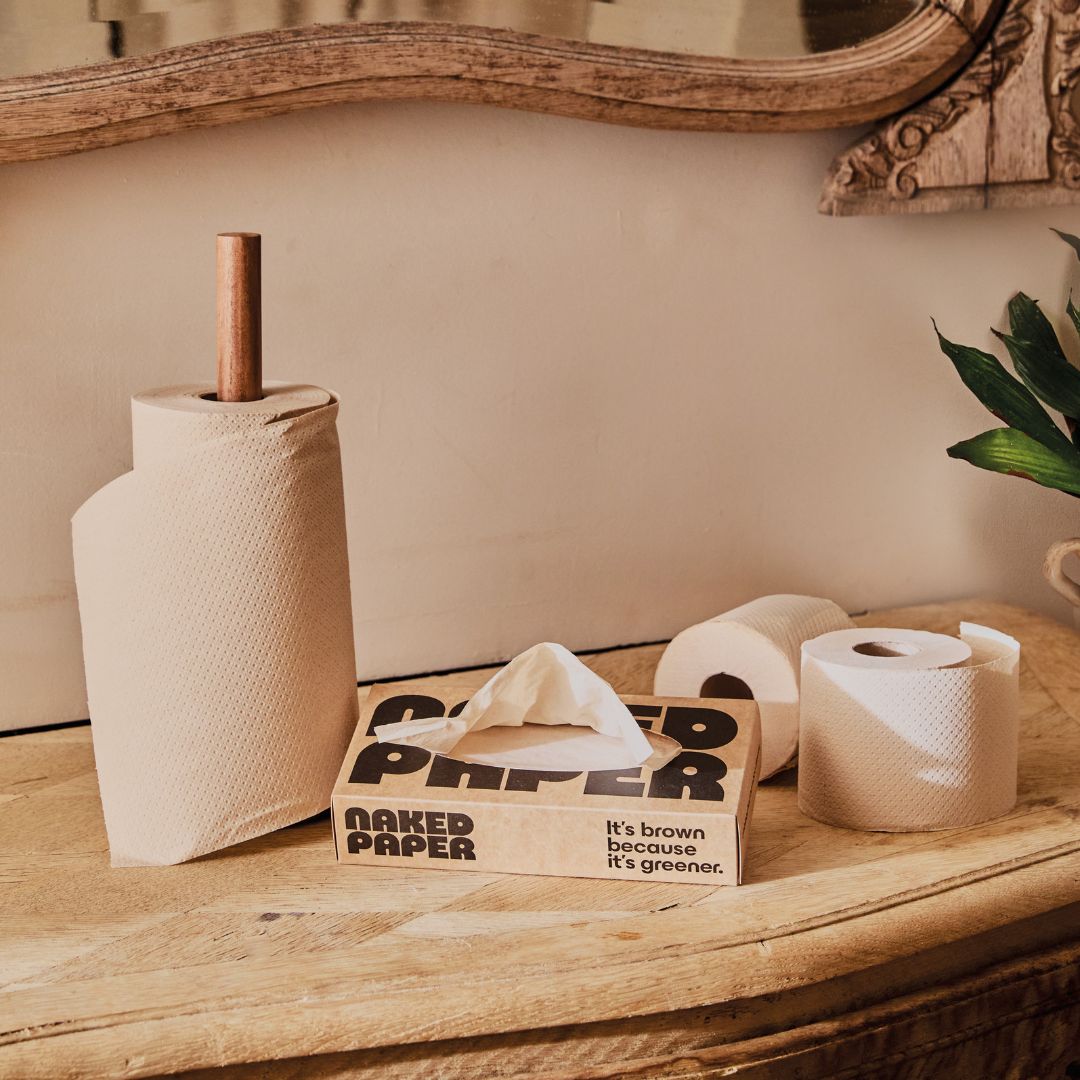Our footprint stage three: transport and waste management
This is the third part of our series breaking down the full, cradle-to-grave, emissions of making Naked Paper*.
In part one we covered the CO2e involved in the production and transportation of our raw materials, and in part two we followed up with a look at the ground breaking innovations at our factory that make our emissions from manufacturing so much lower than the standard.
Today we’re on the last leg of the journey, following our rolls from the factory to the homes of our customers, and managing our waste.
From the factory floor to your front door, we’ve designed our waste management and delivery chain to keep our emissions low.
The standard way
Getting finished tissue products from the factory to the consumer can mean long, inefficient journeys across borders. This is especially true of bamboo rolls, which are usually manufactured in China.
And finished products aren’t the only thing that leaves the factory at the end of the day; there’s water treatment and waste to think about as well.
Many manufacturers only provide cradle-to-gate figures for their emissions, meaning that they stop counting emissions as soon as their finished products are ready to leave the factory, regardless of whether that factory is in China or the UK.
Our calculations are cradle-to-grave. This means the final part of the journey, from the factory, to the delivery hub, to the customer, is properly accounted for.
How we do it differently
♻️Waste – Offcuts and seconds that don’t pass quality control go into the mix for our recycled products. So do the bamboo paper wrappings that cover the raw bamboo pulp as it travels to our factory
💧Water – Local river water is borrowed temporarily to make our products. It’s circulated around 7 times before being filtered through our onsite water treatment plant and returned, just as clean as when we borrowed it.
🚂Shipping – Naked Paper products travel from our factory to a nearby railway station by road, and then make the rest of the journey to the Channel by train. From there, they go by sea and then road to our delivery hub outside Birmingham.
📦Delivery – We deliver to the doors of our wonderful customers with DPD who are implementing a wide range of sustainability initiatives, with 38% electric vehicles in their delivery fleet as of 2025.
This is what it looks like:
The last leg (and its footprint)
Delivery and waste together make up the last small slice of our total footprint.
By reducing waste wherever we can and optimising our transport network, we’re delivering on our commitment to lower emissions. And by including this last leg in our cradle-to-grave reporting, we’re taking responsibility for every part of making Naked Paper.
Want to meet our products at the end of their journey?

*Where do we get these numbers?
The numbers on our boxes and our website show our “CO₂e” per KG of product.
CO2e stands for carbon dioxide equivalents. This is a way to show the total amount of climate-changing gases that are released into the atmosphere as a result of making something; also known as our “emissions,” or “climate footprint.”
We’ve made our CO2e footprint public for a couple of reasons:
1. We want to normalise transparency around emissions so that we can all make more informed decisions about the products we choose to buy.
2. We want to show that we are aware of the full climate impact of making Naked Paper.
We’re calling on other brands to do the same.
To measure our emissions, we commissioned an independent cradle-to-grave lifecycle analysis in line with ISO 14067 – the international standard for measuring and reporting a product’s climate footprint.
-
Figures for Naked Paper were calculated by sustainability consultancy Inèdit, working closely with our factory to analyse every stage of production.
-
Figures for standard virgin wood, bamboo, and recycled toilet paper sold in the UK were calculated by Carbon Footprint Ltd. They used published data and known facts about typical industry supply chains.
Recent blog posts
-

2025 in toilet paper (and tissues, and kitchen roll...)
With bleach free toilet paper, kitchen rolls, and tissues sold in packs to suit the busiest households, we’re all about stocking up. And as 2025 draws to a close, it’s the perfect time to take stock as well; to pause a...
-

Discounted toilet paper when you refer a friend
Word of mouth has always been an important part of our story. Our bleach-free community is full of people who first tried Naked Paper toilet rolls, kitchen rolls, or tissues at work, or the home of someone they know. Without that...
-

Why we say "climate footprint" not "carbon footprint"
Our climate is changing as a result of the way people live, travel, and shop. And while everyone has a role to play in the transition to more sustainable ways of living, the bulk of the responsibility has to lie...







